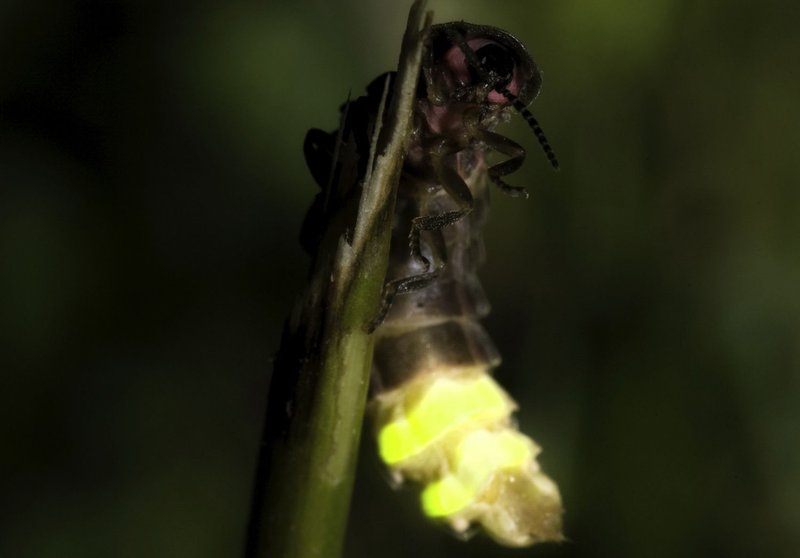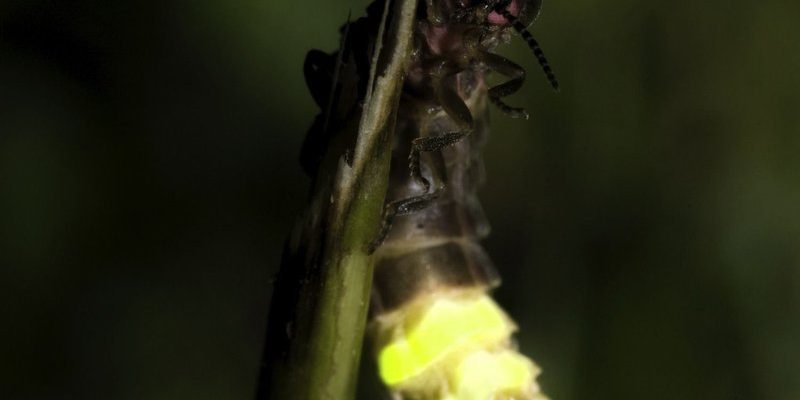
Glow worms are not just beautiful to look at; they play a vital role in the ecosystem. Their bioluminescent glow is not just for show—it’s a crucial part of how they communicate with mates and navigate their world. So grab a cup of coffee, and let’s dive into the illuminating world of glow worms and their light patterns!
What Are Glow Worms?
Glow worms are actually the larvae of certain beetles, most notably the *Lampyridae* family, which includes fireflies. They’re not worms at all! Instead, they’re like little neon critters, thriving in dark, damp environments. You can find them in caves, forests, and even along riverbanks.
These fascinating creatures use bioluminescence, a natural phenomenon where living organisms produce light. The light comes from a chemical reaction in their bodies, specifically in specialized cells. This reaction involves a substance called luciferin, which, when combined with oxygen, produces that stunning glow. Isn’t nature impressive?
Glow worms can exhibit different colors, typically blue or green. This color variation can subtly influence how effective their communication is in attracting mates or luring prey. You might be wondering, why do they glow? Well, their glow serves multiple purposes, from attracting mates to scaring off predators.
How Do Glow Worms Communicate with Light?
So, how exactly do glow worms use light to chat with each other? Think of their glowing patterns as an intricate dance of lights. Male glow worms often emit rhythmic pulses of light to signal their presence to females. It’s like sending a text message in a flickering glow!
These light patterns are more than just random flashes. They can convey vital information about a male’s health and vigor. A bright, strong glow indicates a healthy male, while dim or erratic flashes might suggest he’s not in the best shape. Females typically respond to these light displays, often choosing males based on the strength and consistency of their signals.
Interestingly, the light patterns are species-specific. This means that different species of glow worms have unique patterns, allowing them to recognize mates of their kind easily. It’s like having your unique ringtone! This specificity is crucial for reproduction and maintaining the genetic diversity of the species.
The Science Behind Bioluminescence
You may be curious about the science behind this fascinating bioluminescence. The light produced by glow worms is remarkably efficient and doesn’t waste energy, which is a big deal in the animal kingdom. This means they can shine bright without needing to eat a ton of food!
The process involves a biochemical reaction that occurs in the glow worm’s body. In simple terms, when the glow worm produces luciferin and combines it with oxygen, a chemical reaction releases energy in the form of light. This remarkable capability is not only seen in glow worms but is also present in various marine life, fungi, and some species of fungi.
This natural lighting technique is beneficial for glow worms in several ways. It helps them *attract prey,* as their glowing threads can lure unsuspecting insects into their trap. Additionally, it’s an essential part of their mating rituals, ensuring they find a partner to continue their species.
Glow Worm Habitats and Behavior
Glow worms tend to thrive in specific habitats that provide the right conditions for their survival. They typically prefer dark, humid places like caves, forests, and sometimes, even on damp ground near streams. These environments help them maintain the moisture needed for their bioluminescence.
Interestingly, glow worms are mostly nocturnal, meaning they’re active during the night. They often hang down silk threads coated with sticky droplets to catch prey. When these little guys emit their glow, they attract insects like moths, which become ensnared in their silk. It’s almost like setting a trap with a neon sign!
During the mating season, you’ll find males flying around, flashing their lights to catch the attention of females resting on the ground or nearby foliage. When a female spots a promising male, she might respond with her own light pattern. This back-and-forth display of lights can be quite a show!
The Role of Light Patterns in Mating
Light patterns play a critical role in the mating rituals of glow worms. Male glow worms, after spotting a female, go into a full light display mode to impress her. Think of it as a dazzling light show just for her!
The females often respond to these light displays by producing synchronized signals. When both the male and female glow worms are in sync, it can create a beautiful ballet of lights in the darkness. It’s nature’s way of saying, “Hey, I’m over here!”
The intricacy of these light patterns can tell the female a lot about the male glow worm’s health. Strong, steady pulses indicate a fit partner, while erratic or weak flashes might suggest he’s not up to par. This selective process is essential for the survival of their species, ensuring that only the healthiest genes are passed on.
Conservation and Future of Glow Worms
As beautiful as they are, glow worms face various threats from habitat destruction, climate change, and pollution. These factors can significantly impact their environment and survival. It’s crucial to preserve their habitats and ensure that future generations can enjoy the wonder of glow worms.
Many conservation efforts focus on protecting their natural habitats and educating the public about their importance in the ecosystem. In some regions, eco-tourism opportunities allow people to appreciate these magical creatures while promoting their conservation.
Supporting local conservation initiatives is one way you can help keep these enchanting creatures alive. By spreading the word and encouraging others to value these amazing little lights, you can play a part in ensuring that glow worms continue to shine bright for years to come.
Glow worms are like nature’s own light bulbs, illuminating the dark corners of our world while also engaging in complex communication. They use stunning light patterns not just to attract mates but also to hunt, thrive, and survive. The chemistry behind their glow is a reminder of how intricately connected life is on Earth.
Next time you find yourself in a darkened landscape sprinkled with twinkling lights, take a moment to appreciate the wonder of glow worms and their unique way of communicating. The magical dance of their flickering lights is nature’s own form of conversation—one that continues to fascinate scientists and nature lovers alike.

